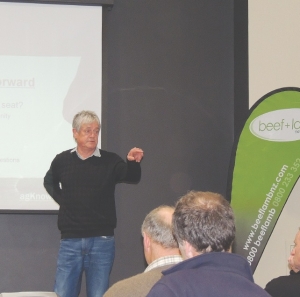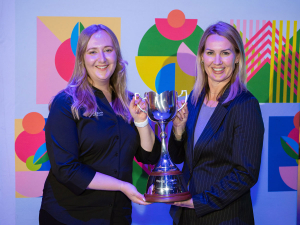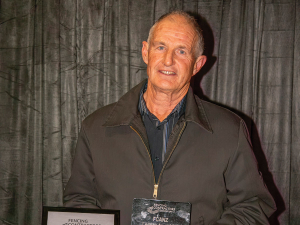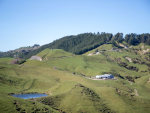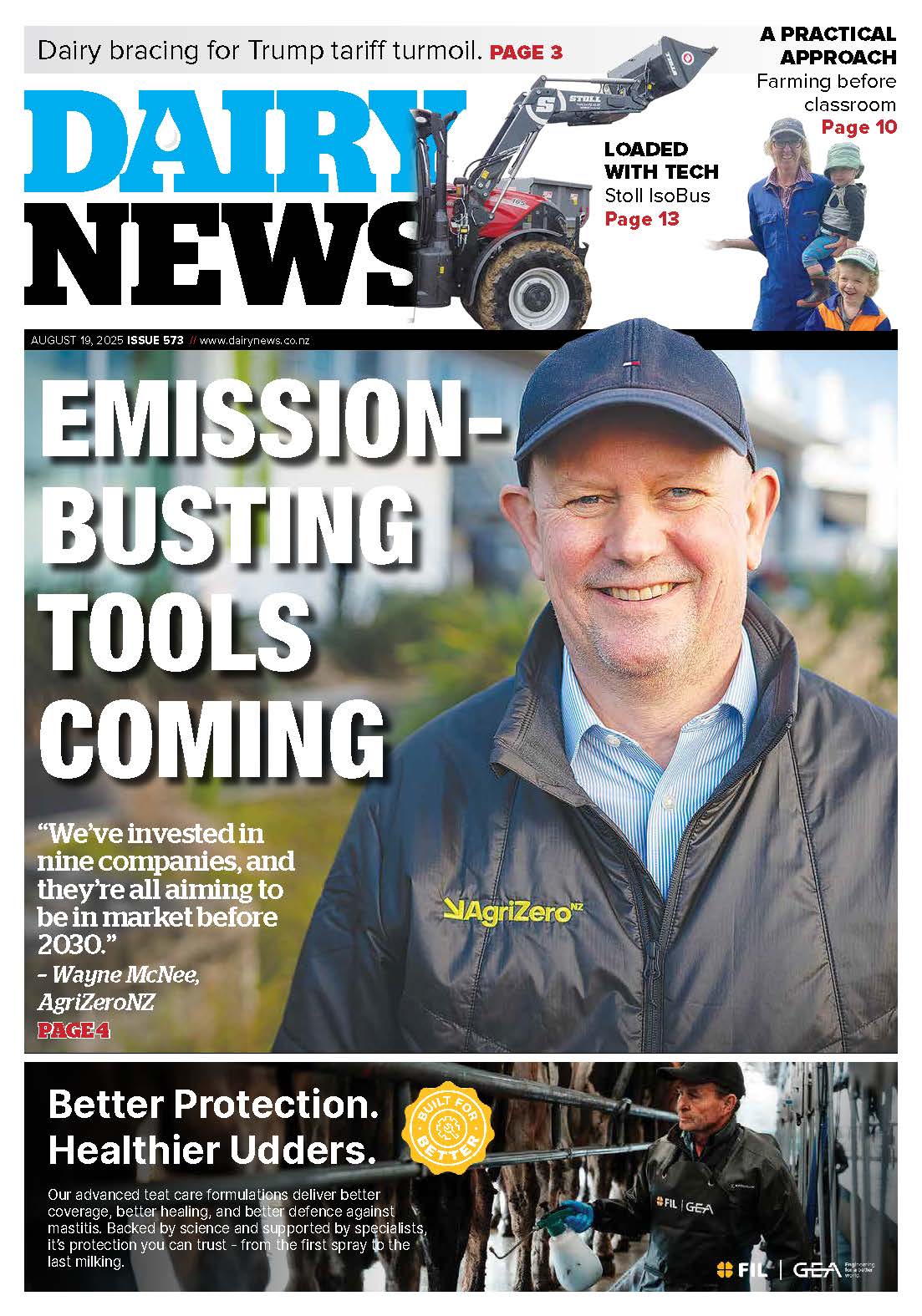“I’ve come to a place of enlightenment,” soil scientist and farm adviser Doug Edmeades told a recent Beef + Lamb New Zealand Nutrient Nous seminar in Otago.
Having listened to speakers from Otago Regional Council (ORC) outline the region’s approach to meeting national water quality objectives with its Plan Change 6A, Edmeades said the council seemed to be saying, “ ‘We trust you; we just want to help you get there’. That’s so, so different from many other regions.”
ORC also recognises that the risk of water contamination comes from four categories of contaminants – nitrate, phosphorus, sediment, and pathogens, he noted. “Everywhere else you go they’re all besotted with nitrogen!”
As the Land and Water Forum (LAWF) second report recognised, which contaminants are of concern will depend on the catchment. “It’s ridiculous to think we should apply the same water quality standards to all catchments,” he stressed.
For example, focussing on nitrate is appropriate in Taupo’s catchment because the lake is nitrate limited, but not in Manawatu where the main problem is sediment. Despite that, Horizons’ One Plan is all about nitrogen, he noted. “Why? I don’t know!”
Edmeades also applauded ORC chief executive Peter Bodecker’s comments about aiming to meet the three goals of the RMA: social, economic, and environmental. In some regions – again he cited Horizons – the social and economic seemed to have been forgotten. While the One Plan is “a done deal”, other regions’ plans or plan variations aimed at giving effect to Government’s National Policy Statement on Freshwater Management are still works in progress.
Farmers need to make sure they’re sufficiently informed about what’s happening in their region before they commit to what, in many cases, will be significant investment to meet regional council requirements, he said.
“Regional councils have a responsibility to supply this information to you in a form that you can easily understand.”
• South Otago farmers facing ORC’s plans: p34. In stream nitrate monitoring: p32.





